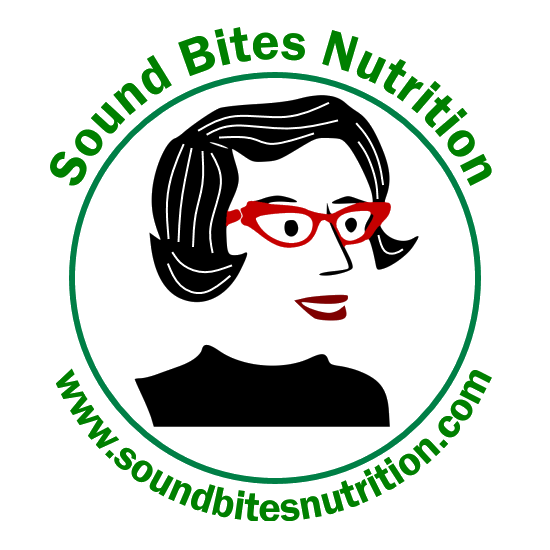DASH to a better heart
If you haven't heard about the DASH diet, it's time you knew about it. DASH, which stands for Dietary Approaches to Stop Hypertension was developed by the Heart, Lung and Blood Institute in 1997. Since then, multiple research studies have discovered that this style of eating not only reduces blood pressure, but also reduces the risk of heart disease through cholesterol reduction. A diet rich in fruits, vegetables, low fat dairy products, nuts and beans are the basics of the diet. Below are what you should eat or avoid for better blood pressure.Bite this:
- 11 servings of fruits and vegetables. Fruits and vegetables are awesome sources of potassium, a nutrient found to help reduce blood pressure. Dark orange fruits such as oranges, grapefruit, peaches, nectarines and melon are excellent sources, as are kiwi and bananas. Green leafy vegetables are also high in potassium. Add chopped spinach to eggs, casseroles, soup and pasta or increase your consumption of broccoli, Brussels sprouts, kale and asparagus. Tomatoes and potatoes (both sweet and white) also pack potassium. While this sounds like a lot of produce- look at it this way. If you're eating big salads and snacking on fruit, there's not much room for junk food.
- Low fat dairy products (2-3/day). The value of daily dairy is calcium. While most people know it's necessary for healthy bones, many don't know that it is also linked with blood pressure reduction. Go for low fat varieties such as yogurt, skim or 1% milk and light string cheese.
- Beans and legumes. Beans and lentils are excellent sources of soluble fiber, which helps lower cholesterol levels. They're also high in potassium, which reduces blood pressure. Add them to salad and soup or pair them with rice or tortillas for a simple vegetarian meal.
- Healthy fats. Not all fat is created equal. Nuts (such as almonds, walnuts, pistachios, pecans, etc) are high in mono-unsaturated fat- the heart healthy stuff. Olive, canola and peanut oil also provide mono-unsaturated fat. In addition, choose 2 servings of fatty fish/day such as salmon, mackerel or tuna to boost omega-3-fatty acids, a polyunsaturated fat found to lower blood pressure.
- Choose whole grains. Whole grains such as whole wheat bread, steel cut oats, brown rice, whole wheat pasta, quinoa, barley, bulgur and other grains are not only loaded with fiber, but are also a source of magnesium. Dietary magnesium has also been found to help reduce blood pressure.
Not that:
- High sodium foods. Most people know that sodium containing foods are a no-no if you have high blood pressure. But what most don't realize is how prevalent sodium is in our food supply. We think of the biggies to avoid (canned soup, fast food, processed meat and snacks), but common foods like bread, cottage cheese and salad dressing can also be a source of sodium.
- Alcohol. While 1-2 drinks/day (moderate drinking) may have a positive effect on your blood pressure, excessive alcohol consumption can raise blood pressure by interfering with the flow of blood to and from the heart. As a rule of thumb, if you don't drink, don't start. If you drink too much, cut back or quit.
- High fat food. High fat food is calorie dense, which means it ends up on your waistline faster than other nutrients. It also raises blood cholesterol, which narrows arteries and can raise blood pressure. Limit intake of high fat, empty calories like candy, pastries/baked goods, ice cream, full fat cheese, red meat, and fried food.
- Drinking extra water. There's a myth out there that drinking lots of water will "flush the body of sodium" and lower blood pressure. In reality, drinking too much water increases blood volume, which may raise blood pressure. Two-three liters of fluid/day is plenty of fluid for most people.
- Being a couch potato. While this is not food, being sedentary has clearly been found to affect blood pressure. Regular aerobic exercise has been found to reduce systolic blood pressure by two to four points. Being too sedentary increases the risk for blood clots, which is whole other problem.

